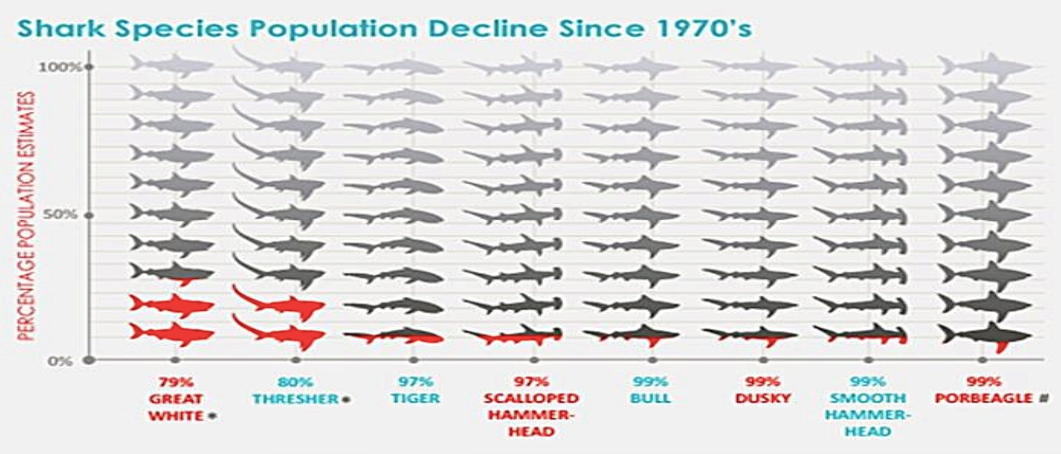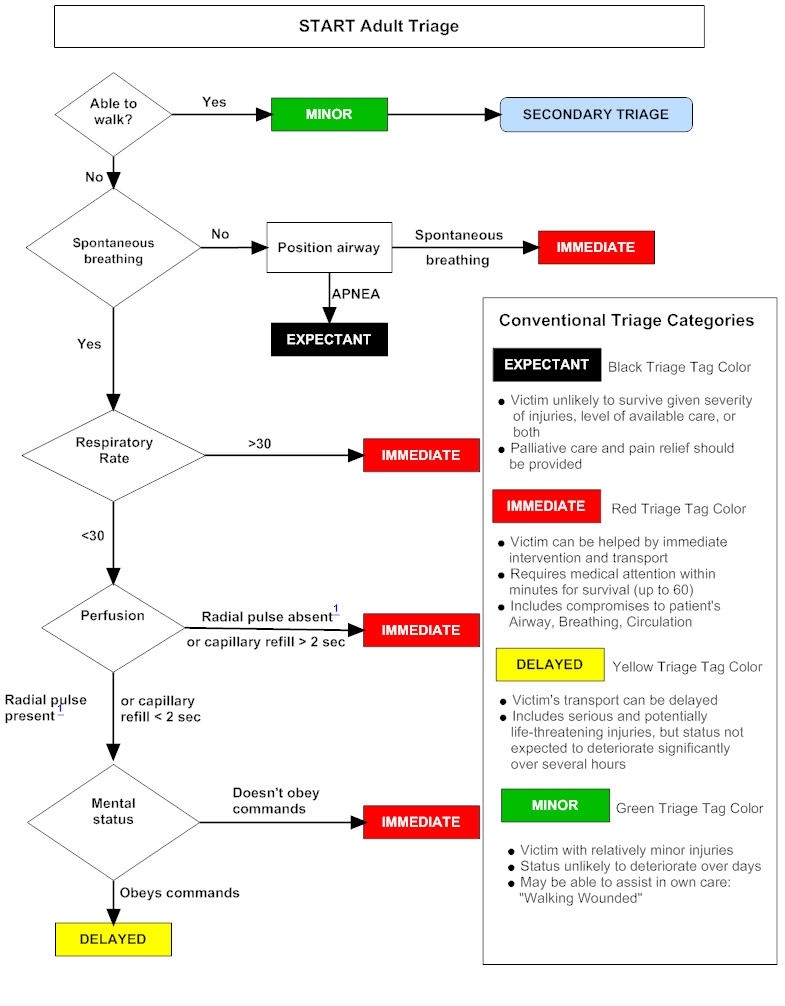Contemplating death has historically been a depressing activity associated with the finality of life. It’s difficult to think about death, while simultaneously holding onto the idea that we are still full of life. To create a healthy relationship with death, it’s important to understand the difference between being prepared and being ready to die.
Preparing involves organizing your life so that those you care about can continue to live without you: getting assets in order, planning events following your passing, thinking about a future without you. Being ready is different, and it’s doubtful anyone is ever ready. There is always a life left to live.
Understanding that you are going to die, and making preparations for it does not mean that you have nothing left to give the world – the opposite is true. Being prepared opens up the space for action where death anxiety would normally reside. Watching Albatross was the catalyst for my comparison of readiness versus preparedness. I’ve always been horrified by the rate at which we produce plastics, which was why I chose the Beyond Plastics group to work with for our action project.
Our group partnered with Zero Waste Washington – an organization that works to make trash obsolete. From this project, I learned the most from my group mates. Our task was to create a social media presence for a bill, but none of us had the skills needed for such a project. However, we were able to lean on each other to fill the holes in our abilities. Our finished product wasn’t perfect, but it was significantly better than what we would have accomplished individually. I learned that even if you don’t have the tools, a group can still create something great by supporting each other. If we are going to succeed in bettering the Earth, we have to come together, accept that we are not ready for death, and combine our strengths to find the solutions that will benefit us.
From this class, I have understood what it means to prepare for death, but more importantly, what it means to be ready to live. There are obstacles facing us, but when we come together and accept that we aren’t done living, that we aren’t ready to give up on helping the planet, we can find the answers to the problems before us, and leave the Earth a better place when our time eventually comes.

An albatross from the film Albatross to remind us what we have done, but more importantly, what we can do





